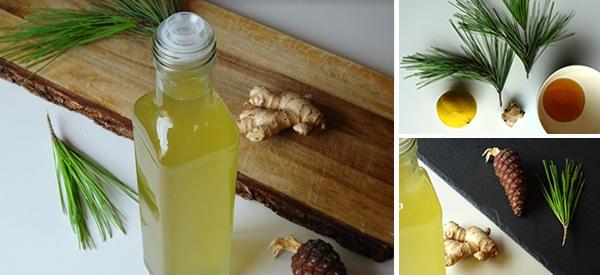
How to Make Pine Cough Syrup
Pine is a traditional natural remedy for relieving coughs and irritated throats. It’s so effective that these days you can buy pine cough syrups or pine cough drops from pharmacies or online. There’s also a cheaper, more satisfying way to get pine cough syrup and that’s to make it yourself. To make pine cough syrup you use the pine needles from nearly any pine tree. However, there are a few pine trees (and imposters) that are poisonous which I’ll talk about in the next section.
The good thing is that pine trees are found in so many areas or at least within easy reach for many people. Pine trees are also evergreens so the needles are available all year round. Before looking at the benefits of this homemade pine cough syrup, let’s look at which trees to watch out for.
Which Pine Needles To Use
Most pine trees have needles safe to use in cough syrup. There are more than 100 species of “Pinus” in the world. They usually have clusters of needles formed in groups of 2-5 bundles (fascicles), whereas spruce will have individual leaves attached directly to a branch. The pine trees to avoid because they are toxic include Loblolly Pine, Lodgepole Pine, Ponderosa Pine, Norfolk Pine (Australian Pine), Common Juniper, and the Monterey Pine.
Another tree to avoid, which isn’t a pine but can be confused as one is the Taxus baccata (Yew). These are highly poisonous. Another tree that should be avoided is the Cypress (Cupressus). The Cypress is also an evergreen coniferous tree but belongs to the genus Cupressus, whereas pines belong to the genus Pinus.
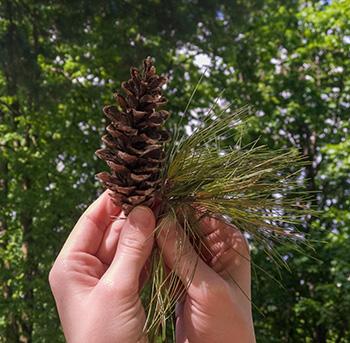
The Eastern White Pine (Pinus strobus) is commonly used in pine needle teas and safe to use in this pine cough syrup. It is found in many areas of North America. There are many others that are harmless too but always check that the pine needles you are going to use come from an edible-friendly pine tree.
If you’re not familiar with the different pine species and don’t know which you have nearby, it’s important to research before making pine cough syrup. You can do this by looking at the different pictures and descriptions online and you can even use a tree identification app on your phone. There are many apps that you can download and if you take a picture of a tree or even the needles and pine cones, it will then help you identify which species a tree is.
Medicinal Benefits Of This Pine Cough Syrup
As I mentioned, pine has long been used as a remedy to treat coughs. It also helps with stuffy noses, fevers, and upper and lower respiratory tract swelling, which often go hand in hand with a cough. That’s because pine has properties that act as a decongestant and it’s also anti-inflammatory. As well as this, it provides pain relief. This all makes it great at treating and soothing coughs.
- Pine trees contain Alpha-Pinene, which is a compound that has anti-inflammatory and antimicrobial properties. This compound is also thought to improve memory and help to relieve anxiety. Pine needles also contain high levels of Vitamin C, which is commonly used for helping to prevent and fight colds. The antioxidants in pine can also help reduce the risk of chronic diseases, making it beneficial in more ways other than treating a cough.
- This recipe also calls for ginger and honey. Ginger is an antitussive, which means it suppresses coughing. This is one of the main goals when taking cough syrup because when we cough repeatedly and too hard, it puts pressure on the chest and can give you a headache as a result. Not to mention, it can keep you (and others) up at night.
- Honey helps to soothe an irritated throat because it is viscous and coats the throat. As well as this, it reduces airway inflammation in the lungs.
The combination of these ingredients makes for a very pleasant tasting and soothing cough syrup. They all complement each other to form a very effective cough syrup with wide-reaching benefits. Best of all, it’s all-natural, and being homemade you can control what goes in it. If you’re vegan or need to avoid sugar, you can leave the honey out and the pine needles and ginger will still provide great relief.
How To Make This Homemade Pine Cough Syrup
To make this pine cough syrup, you don’t need much time. Foraging for pine needles may be the part that takes the longest unless you have some in your backyard. Once you have these, the recipe takes around 40 minutes to make (10 minutes prep time, 30 minutes steeping).
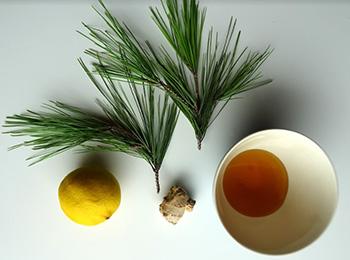
If you use the quantity of honey below, there will be 11 calories per tablespoon of cough syrup (all the calories come from the honey).
Ingredients
- 1.5 cups of water
- 1 cup pine needles chopped
- 4 tablespoons of honey
- 1 knob of ginger
 Lemon (optional)
Lemon (optional)
Utensils
- Sharp knife or scissors
- Chopping board
- Fine mesh strainer
- Bowl or container large enough to catch the liquid from the strainer
Method
- Pull your pine needles off using your hands.

- Cut the ends off your pine needles that were attached (where you pulled them off). You can use a sharp knife or scissors to do this.
- Wash your pine needles under running water then cut them or chop them in half.

- Take the skin off 1 knob of ginger (approximately 1 inch long/wide) and cut the knob of ginger roughly.

- Place your ginger pieces and pine needles into a bowl.

- Boil 1.5 cups of water and pour it over your ginger and pine needles making sure everything is submerged.

- Let everything steep for 30 minutes. You will notice the color has faded from the pine needles.

- Then strain out your pine needles and ginger, catching the pine needle water into a bowl or container.

- Add 4 tablespoons of honey and stir it well.

- Your cough syrup mixture is ready and you should store this in an airtight container in the fridge.

Take 1 tablespoon when you need relief (up to 8 tablespoons per day). If you find the mixture too sweet you can add a squeeze of lemon each time. Like pine, lemons are also known for their high Vitamin C content and their ability to cut through mucus so make a great addition.
You can store the cough syrup for up to 2 weeks in the fridge. This can be in any container with an airtight lid including a glass jar.
Recommendation:
With the cold and influenza season in full swing, we need all the help we can get to keep our immune systems healthy and strong. Here are a few of Nicole’s top picks that are found in our Essential Winter Defense Bundle. Whether maintaining lung health, boosting immunity, or reducing fevers, each herb supports overall well-being this winter and beyond. Also, you might want to learn what to do with pine pollen if you have access to it.
You may also like:
When Painkillers Won’t be Available, Try This








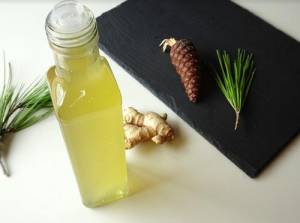 Lemon (optional)
Lemon (optional)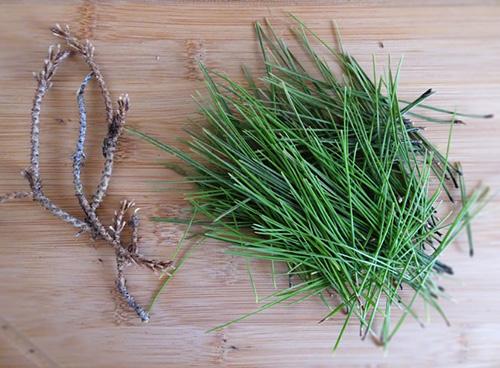
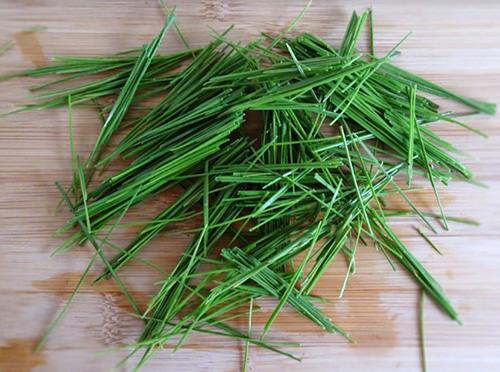
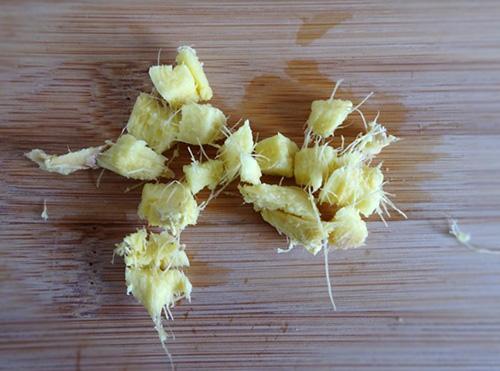
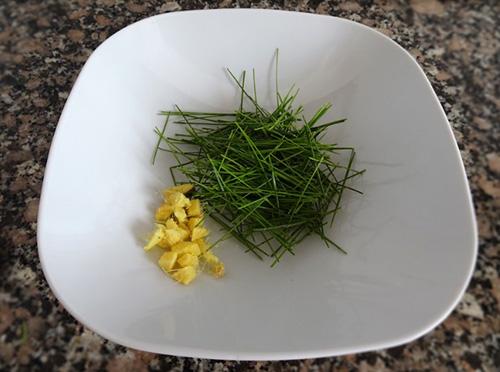
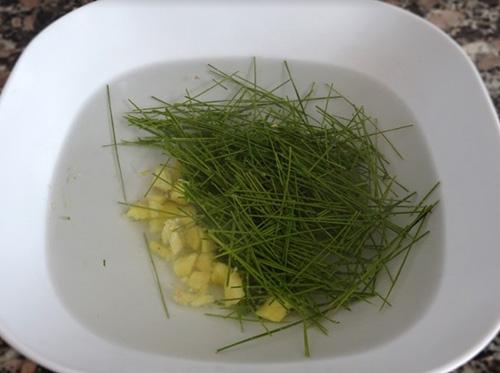
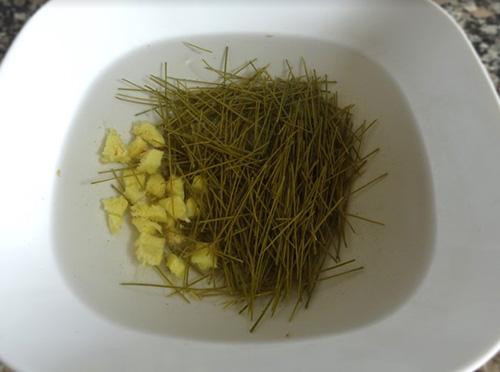
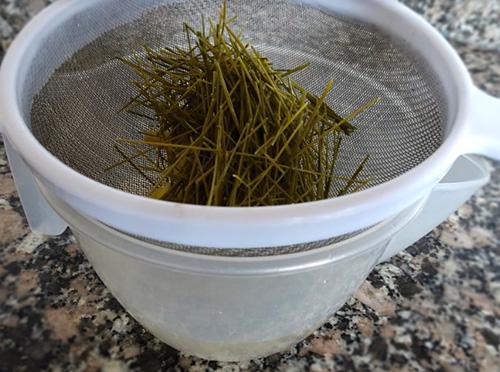
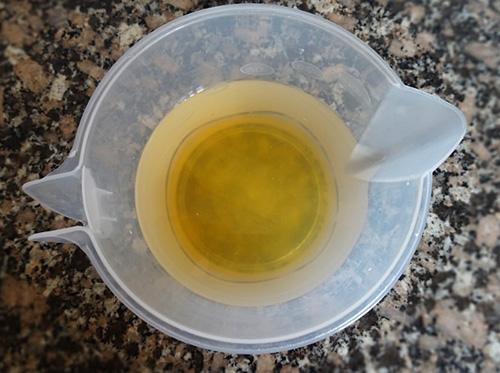
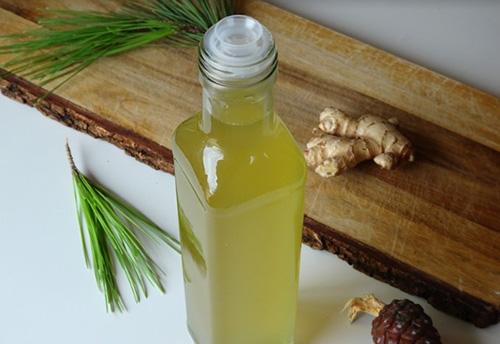

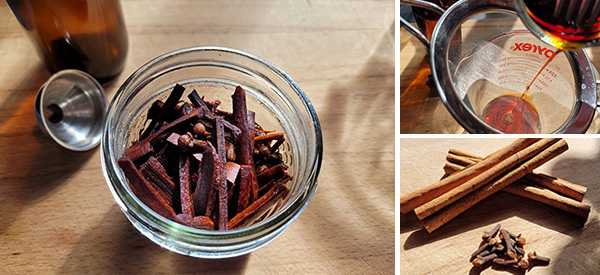
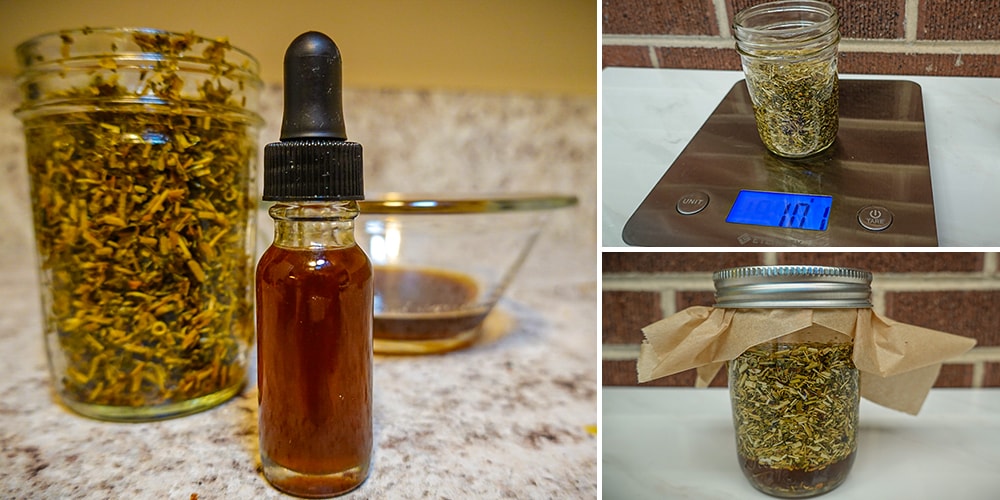
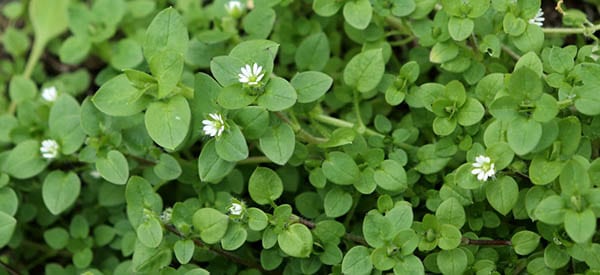
Is the eastern white pine only found in the US? If so, what is the Uk/European equivalent please?
I was alarmed to see Loblolly Pine as one to be avoided because it’s toxic. I have several species of pine on my property and use whatever needles get blown down for my pine tea, with no adverse reactions to any of them. So I researched it and found mixed results. Some sites say Loblolly is toxic and others say it’s safe. Some mentioned that it contains compounds that cause miscarriage in cattle, so it’s not advisable for pregnant women. That may be the reason for caution.
Thanks for sharing. We have lob lolly pine and have never heard of them being poisonous. We are surprised as well. Mike Adams of Natural News, uses Lob lolly for his pine foraging.
This is true indeed. I live on a cattle ranch and we have lost calves due to abortions from pine needles.
Major league baseball players rub pine tar on their baseball bats for a good grip to hit the ball
can i use scots pine?
I’m a bit confused. The list of ingredients calls for 5 cups of water, but the written instructions indicate using 1.5 cups. Am I missing something here? I’m in the middle of making a batch so would really appreciate clarification ASAP. Thx 💓
I see 1.5 cups in the ingredients, and the bottle looks like it could only hold that much
Can the pine needles be dried and used later on or do they need to be fresh needles? Can it be sealed and processed like canning fruits so that it lasts longer?
We have lob lolly pine and have never heard of them being poisonous. We were surprised to learn this Mike Adams of Natural News, uses Lob lolly for his pine foraging. Can you please share more as to why they are poisonous? We have used them for tea often.
I’m curious if Long Leaf Pines can be used as well. I’m in NC and have a couple of nice Long Leaf Pines in my back Yard.
Also, could Cedar be used as a tincture for cough too ??? Thanks
I thought all Pinus genus were edible and none were toxic. This needs to be clarified. Rather than muddy the water with Cedar, Spruce, Yew or Cypress; how about we just stick to pine as in Pinus genus? Cedar, Spruce, Yew, Cypress are not Pinus; they do not have needles. All Pinus have needles. Secondly, Pine Needles, or Pinus needle shaped leaves contain very high doses of Vitamin C, Suramin and Shikimic acid, which are the medicine for any common cold or flu-like illness. So much so that Shikimic acid is a commercially processed compound harvested from Star Anise for the production of Tamiflu. I’ll include a couple of URLs to follow that up on for confirmation. Perhaps you could add this information to the next article you do on Pine Needle cough syrup. It’s a very timely and important issue as of right now.
1. https://www.naturalnews.com/2021-05-14-health-ranger-jeffrey-prather-covid-pine-needles.html
2. https://www.naturalnews.com/2021-05-09-is-pine-needle-tea-the-answer-to-covid-vaccine-shedding-suramin-shikimic-acid.html
3. Search for: Spike-Protein-Protocol.pdf
4. https://archives.simplelists.com/nfu/msg/16539359/?fbclid=IwAR1m2J_c_JP619OWzD6jOLG_ouicEO0YSbKFMCxkeDFN47x3Zz6OMA1ThyQ
5. 100YearsofSuramin.pdf
An amazing collection of information.
Dr Stephanie Seneff and Dr Judy Mikovitz are great sources of information on Suramin, Shikimic acid, Glyphosate and ‘common colds.’
An example….
https://articles.mercola.com/sites/articles/archive/2021/10/16/stephanie-seneff-glyphosate.aspx?ui=70c79014db17f57f18158fdf74df0f40e9652ad23983d616f53b30bbb58bf97e&sd=20180114&cid_source=dnl&cid_medium=email&cid_content=art3HL&cid=20211016&mid=DM1009074&rid=1293849303
The Troubling Role of Glyphosate in COVID-19
No offence please. I’m a born and bred nurseryman, crop grower, orchardist, Hort production manager, curator. I cured my own prostate cancer using my knowledge of plants and crops, knowledge of treating plant and crop diseases. Recently I’ve shifted my focus to common colds and flus for obvious reasons.
With the background provided above I’m sure you can add Vitamin C, Suramin and Shikimic Acid to the list of benefits of your cough syrup without ‘stepping on anybodies toes.’
G
Thank you. Bless you for this valuable information.
Thank you for sharing Dr. Nicole Apelian & Graham! I am looking forward to foraging for pine needles to make the syrup so I appreciate your information!
Thank you Graham. Your information is super helpful!
In my area almost every house has several trees which everyone calls Pine Trees. I believe some are actually Spruce trees. I have about 15 Spruce trees on my property. Will the needles of these trees work in this recipe? I have had a hard time finding information on if the nutrient content is the same in Spruce and Pine.
Thank you for such good information!
Can I use the EO of pine vs the pine needles themselves ?
I would like to keep this and other remedies you have longer than a few weeks in the fridge. Can I use the canning process to keep them on the shelf much longer? If so, what would the process be?
Hi Anita,
Thank you for your interest in our work.
You can find a few tips and tricks in the article below:
https://thelostherbs.com/how-long-do-dried-herbs-ointments-syrups-and-tinctures-last/
I hope this helps!
Can you freeze this in individual doses?